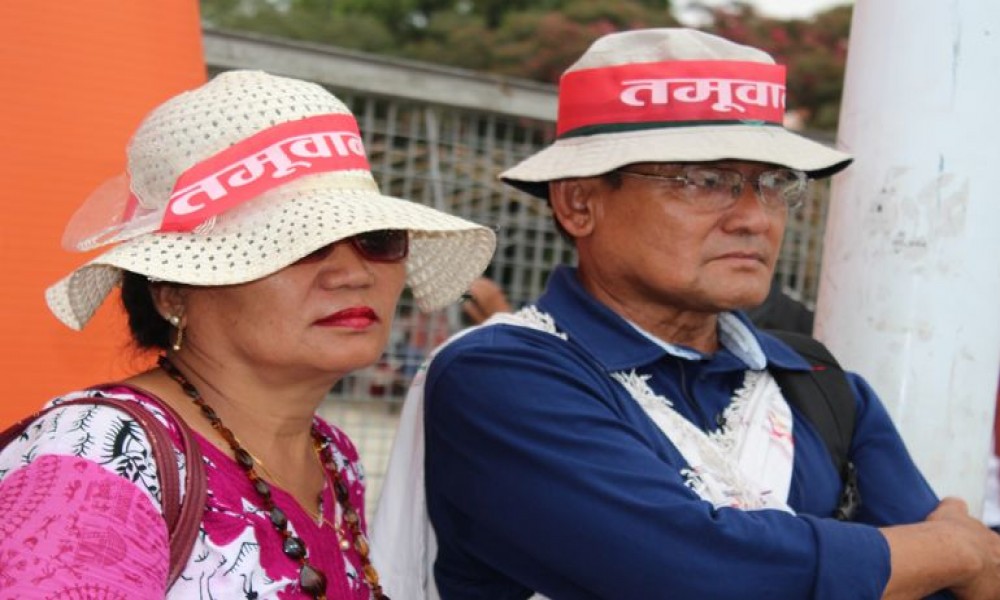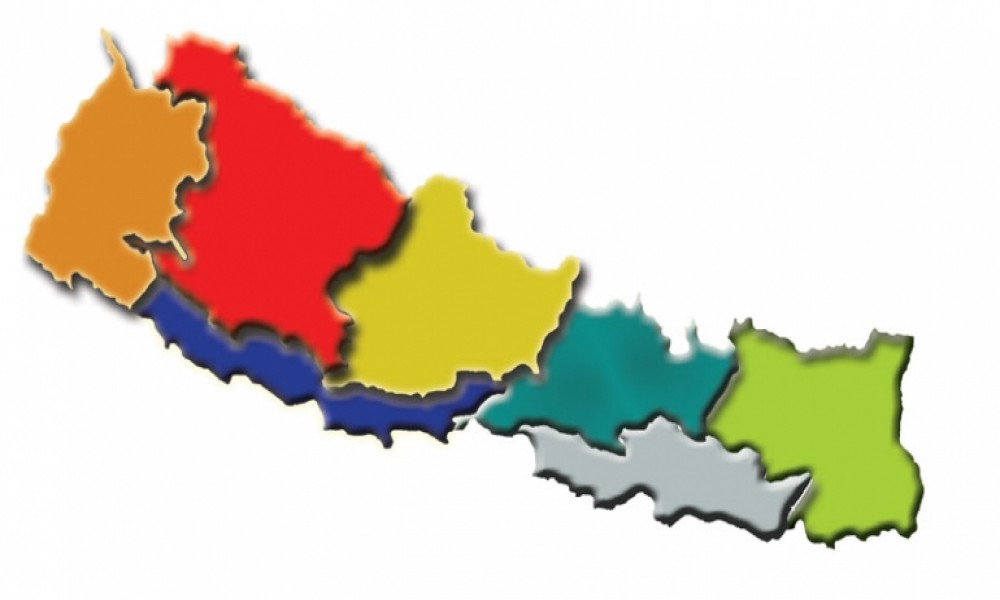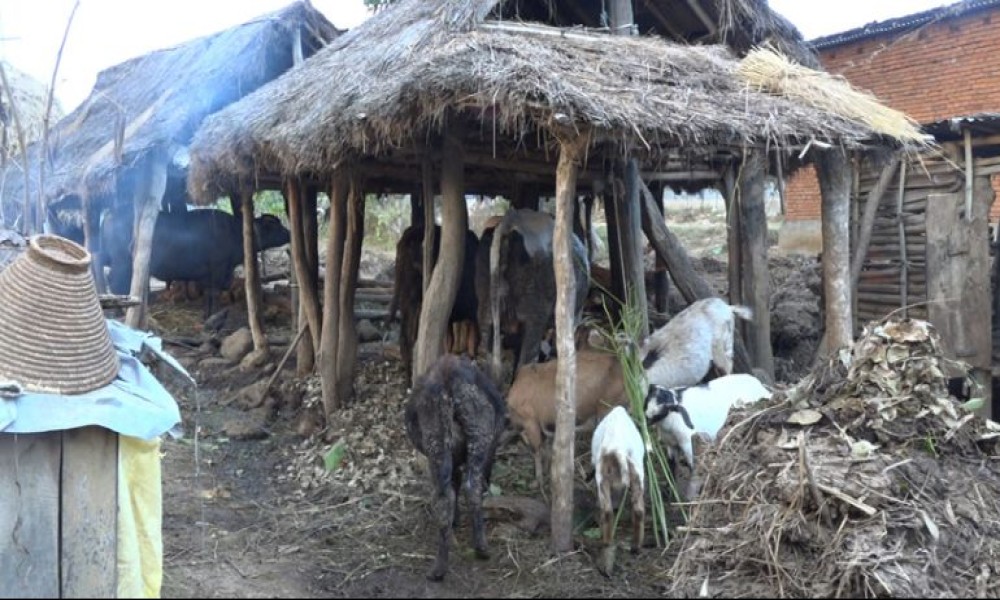On Sunday– August 9 – it is 21 years that some 5,000 indigenous communities comprising over 370 million population, living in more than 90 countries across the world, are marking ‘the International Day of the World Indigenous People’.
The UN General Assembly decided to observe August 9 as a special day of the world’s indigenous people through resolution passed on December 23, 1994. Right from the very first year, every year, the day has been being observed with different themes and organizing special programs. This year, the theme was, 'Post 2015 Agenda: Ensuring Indigenous Peoples' Health and Well-being'
Global Journey
In 1971, with a view to address concerns of the world’s indigenous people, for the first time, the UN made landmark decision, when the Economic and Social Council (ECOSOC) passed a resolution, authorizing UN Sub-Commission on Prevention of Discrimination and Protection of Minorities (Subsidiary body of ECOSOC), in leadership of the then the Special Rapporteur Jose Martinez Cobo, to carry out study titled, “Problem of discrimination against Indigenous Populations.” The same study until today became a standard reference for their definition and discussions on the subjects of indigenous people within the UN system.
In 1982, the UN then formed the UN Working Group on Indigenous Populations as an organ of the UN Sub-commission on Prevention of Discrimination and Protection of Minorities, a body under the UN Commission on Human Rights.
In 1994, the UN decided to observe August 9 every year, as such an International Day of World’s Indigenous People to mark the very first day of a formal meeting of the UN Working Group on Indigenous Populations (WGIP).
Since the first declaration, world’s indigenous people have been observing the special day organizing different programs. The same working group drafted UN Declaration on the Rights of Indigenous People (UNDRIP), which was adopted by almost all the countries (including by Nepal) in 2007. Following the recommendation of the UN Working Group on Indigenous People, the world body declared 1993 as the International Year of the World’s Indigenous People.
The International Year of the World’s Indigenous People was observed, but many indigenous people around the world did not seem to notice it. Yet, the UN declared 1995-2004 as the International Decade of the World’s Indigenous People with the special theme ‘indigenous people: partnership in action’. Following the completion of the first Indigenous People’s Decade, the UN announced the Second International Decade of the World’s Indigenous People (2005-2015) with the special theme of ‘partnership for action and dignity’.
In 2014, UN summoned the first World Conference on indigenous people as the second decade was ending this year. The conference made assessment of outcomes of the two decades of marking special days including the first and the second decades of world indigenous people. UN is yet to decide whether there will be the Third International Decade of the World Indigenous Peoples. But tremendous contribution in the globe has taken place.
In 2000, the UN also established the UN Permanent Forum on Indigenous Issues, as an advisory body to the ECOSOC, with the mandate to discuss indigenous issues related to economic, and social development, culture, the environment, education, health and human rights. The two-week long session of the Forum is held every year in the UN headquarters in New York.
Similarly, in 2007, the UN also established the Expert Mechanism on the Rights of indigenous People (EMRIP), to advice Human Rights Council on thematic issues of indigenous, conduct studies and research on the rights of indigenous people as directed by the Council. A week-long session of EMRIP takes place every year in the UN’s secretariat building in Geneva.









